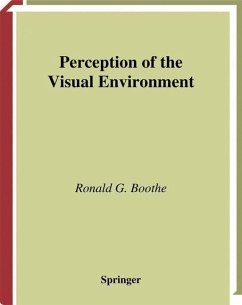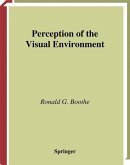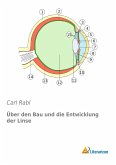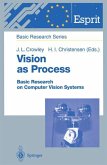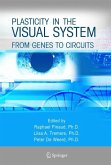detailed historical description of how the facts presented here were or- inally discovered. The text strives to explain in a manner that can be grasped by undergraduates the major ideas and scienti?c discoveries that have allowed us to understand perception as it occurs in humans. A similarly hard choice was deciding how many citations to include to the primary scienti?c literature. Almost every paragraph in this book could have numerous citations to published studies or references to the names of individuals who developed the ideas being discussed. However, speci?c citations are not included in the text, which only refers to a few individual scientists by name, thereby neglecting a vast army of other researchers who made the discoveries summarized here. In some cases, particularly when describing a very speci?c ?nding or set of studies by contemporary workers, the name of the author in whose lab the study was conducted is mentioned. However, the inclusion of num- ous citations or names of scientists interfered with the primary goal of introducing the major concepts and facts in an uncluttered manner. Also, at times, complex results had to be simpli?ed in a manner that remains true to the spirit of the original research ?ndings, but may differ enough in some speci?c details that a speci?c citation might give offense rather than credit. To compensate, a limited list of suggested readings appears at the end of each chapter.
Bitte wählen Sie Ihr Anliegen aus.
Rechnungen
Retourenschein anfordern
Bestellstatus
Storno

